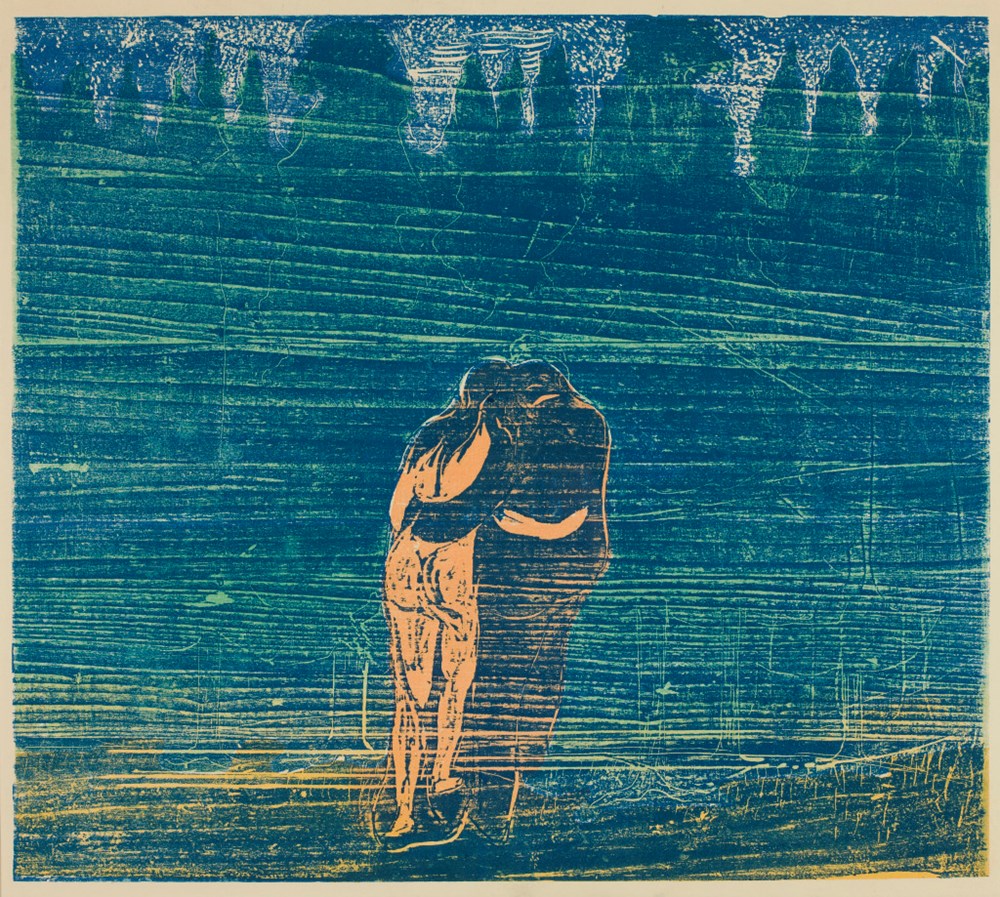Exhibition
Knausgård is curating this summer’s exhibition, which will feature many paintings, graphic prints and sculptures that have never been exhibited previously. The exhibition takes the form of a journey from light and harmony through darkness and chaos – returning finally to a controllable reality.
Karl Ove Knausgård‘s aim with the exhibition is to emphasise key sides of Munch’s artistry without being bound by biography or chronology: “I want to exhibit unknown pictures on the premise that I believe it is possible for us to experience Munch as if viewing him for the first time as that he was: a painter who never found inner calm, and who never became stale.”
The exhibition will include more than 100 paintings and 30 graphic works, many of which are being brought out of storage for the first time. Knausgård’s objective is to foster moods and tones that will be picked up by visitors as they move between the halls. The exhibition begins in the outer world in a room filled with light and sun with motifs of people in parks and gardens. In the next section, the people gradually disappear from the motifs. Knausgård explains: “The empty landscapes left behind are ambivalent spaces – the loneliness within the deserted landscapes meets the force and wildness of nature. For Munch, the forest was not only a place where something ended, but it was also a place where something began.”
From here, we move from the external world into the internal world, into the chaotic and incomplete. Here hang paintings with cuts and scratches that show how, rather than hiding or covering over rough surfaces, slapdash brushstrokes and dripping paint, Munch cultivated these aspects within his work.
The exhibition title, Towards the Forest, reminds us of the threatening and latent element within nature. At the same time, it also alludes to how nature is depicted in art, something Munch explored through his rough treatment of the surfaces upon which he created his paintings, woodcut and graphic prints. In the last section of the exhibition, we leave the inner world and return to the outer world again. The entire room is crammed with portraits, for as Knausgård explains: “Munch’s art deals with relationships – the relationship with other people – and this is something that I wanted to show in a simple way. At the same time, Munch was an excellent portrait artist who not only saw who the person was, but could also capture their essence and convey this – exactly as he was able to do with a landscape or a tree.”
In connection with the exhibition, Karl Ove Knausgård has authored a new book on Edvard Munch. In the book, Knausgård reflects upon Munch’s life and works, and also addresses more general questions about art and life. The book will be published as a collaboration between The Munch Museum and the publishing house Forlaget Oktober.




